Rome, Open City
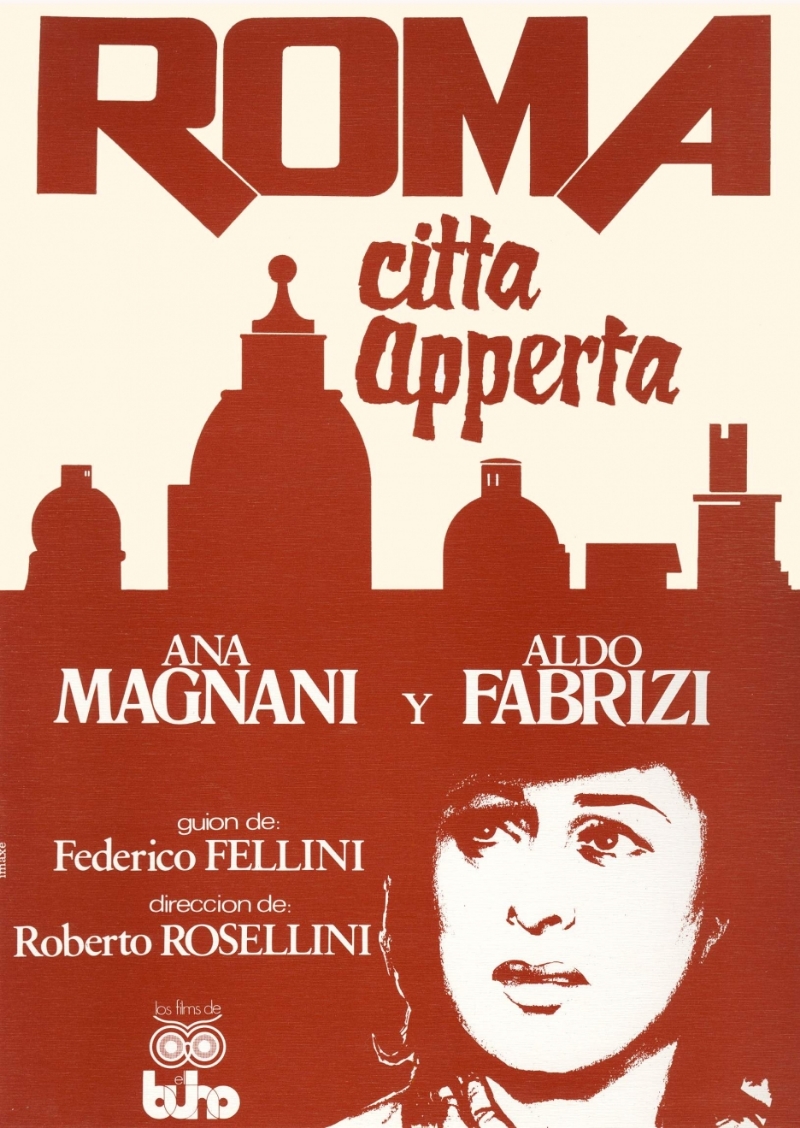
Made in 1945, immediately after the liberation of Rome from Nazi occupation, Rome, Open City is Roberto Rossellini’s account of the struggle of Italians under Nazi martial law. Hailed as “a landmark of Italian neorealism, often cited as one of the greatest films ever made”, by the BFI’s Head of Film Programming, Geoff Andrews, the film won the 1946 Grand Prix award at the Cannes Film Festival and will now return to selected cinemas after a 4K restoration, based on original negatives preserved by the Cinema Nazionale.
Rome, Open City centres on a small group of people linked to the underground Italian resistance, and uses these key characters to dramatise the everyday trauma of the Nazi occupation. The film examines how greed and pride can breed devastating actions, and how a deal with the devil never ends up in your favour. The film creates a tension, stemming from the constant threats of betrayal and violence, which never really eases, in a reflection of the exhausting reality of life in Nazi occupied Rome.
Rome, Open City casts a mixture of untrained actors alongside actors from variety theatre and comedy film. Rosselini explained later in interviews that in casting comedic actors in serious roles he intended to level the playing field and enable more equality in skill with the untrained members of the cast. Moments of comedy shine through the tragic script, serving to reinforce the realism of the characters, contrast with the extreme lows, and most of all present the spirit of the Italian people as strong and uncompromising.
The remarkable proximity between the film’s placement in time and the actuality of the Nazi occupation lends Rome, Open City the rawness of a wound still healing. The emotional power of the film jumps the gap in time, as the shockwaves of WWII horrors shake audiences once again in 2014.
Iona Thomas
Rome, Open City is released in select cinemas on 7th March 2014.

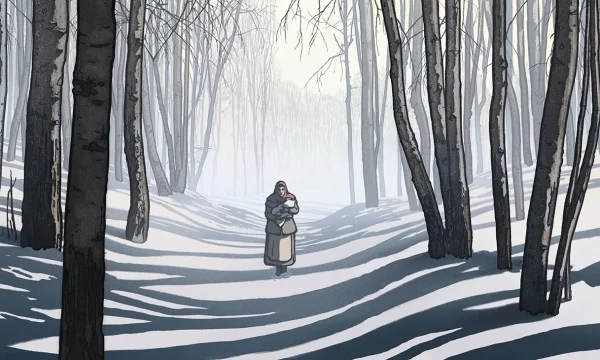
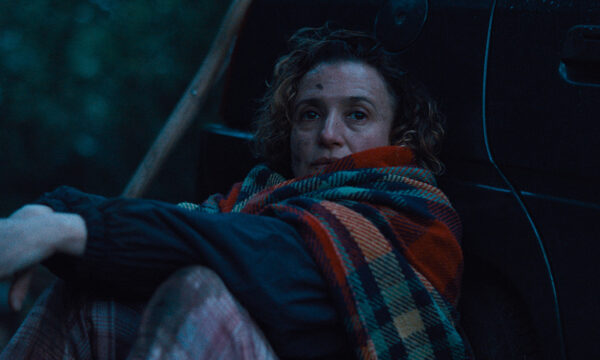

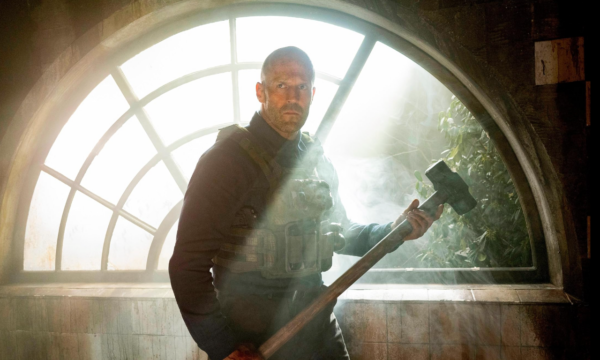
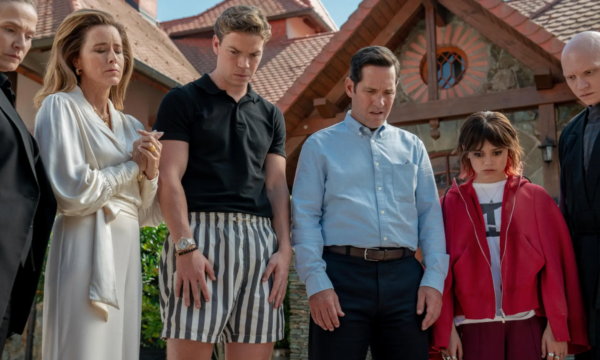
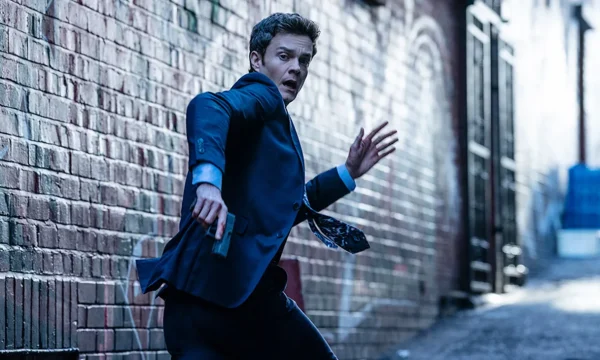
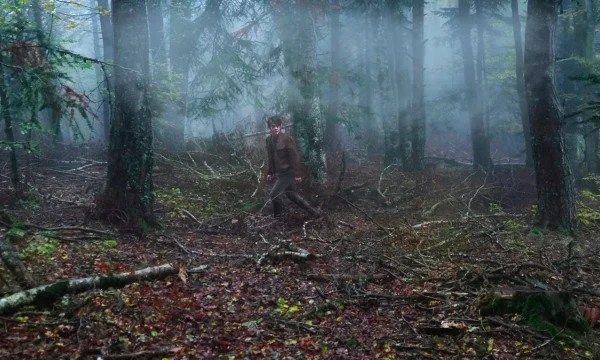
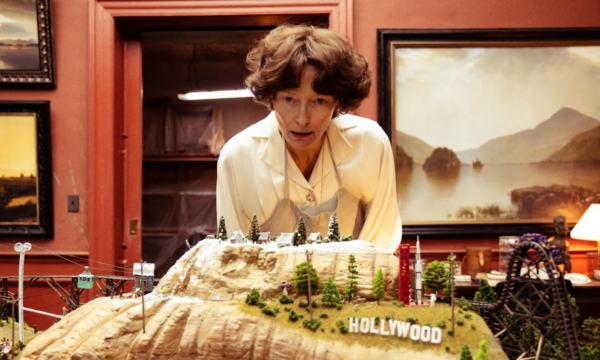




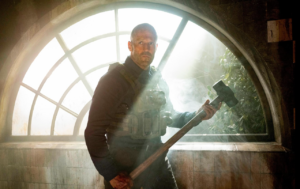






Facebook
Twitter
Instagram
YouTube
RSS